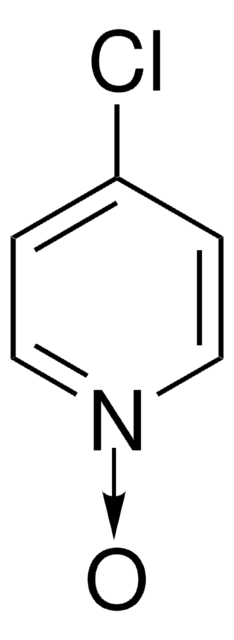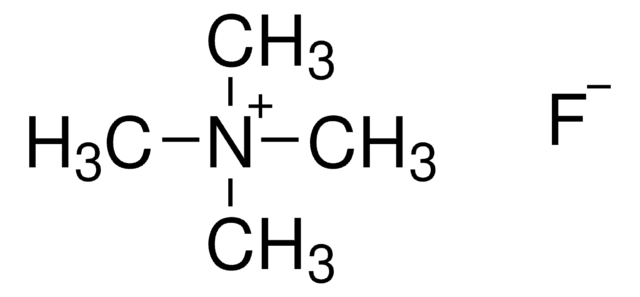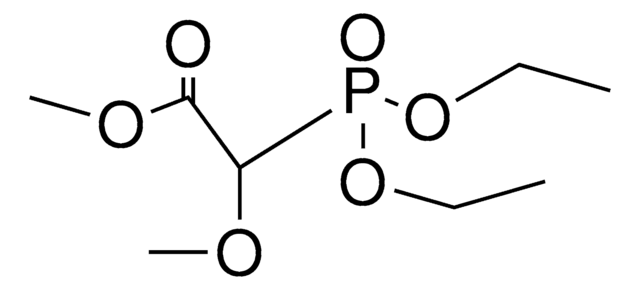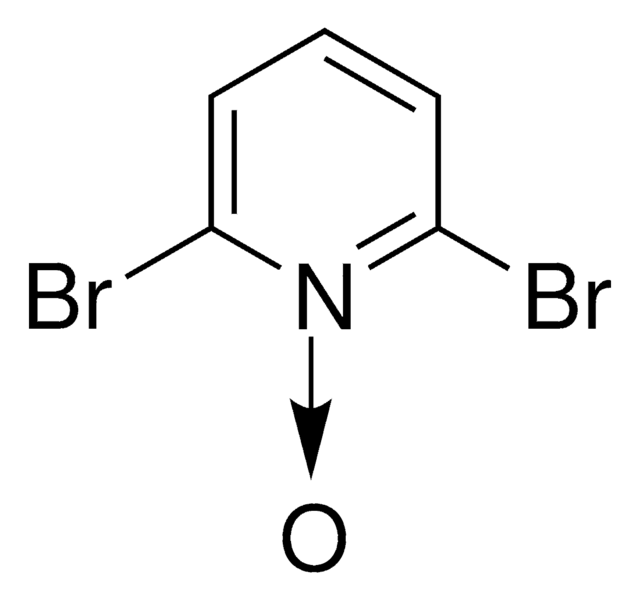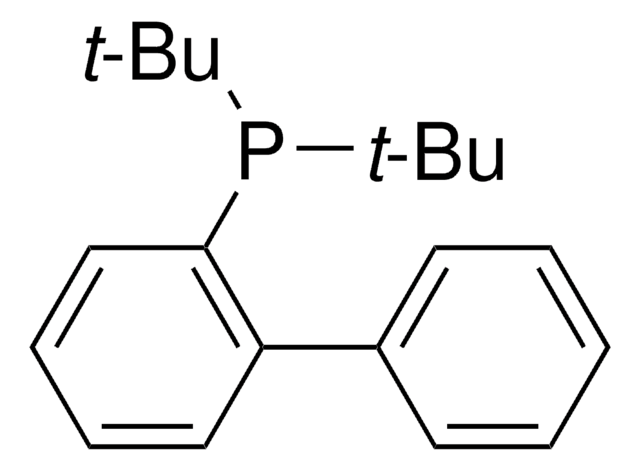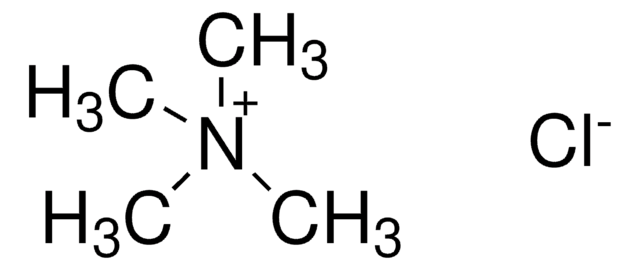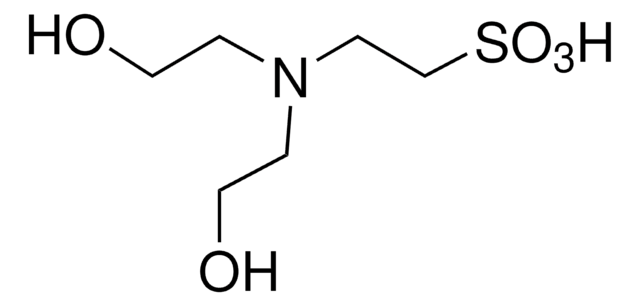推荐产品
形狀
powder, crystals or chunks
儲存溫度
−20°C
應用
This bis(neopentyltrimethylammonium) oxalate is used in the elution step of the Ritter lab′s new method for deoxyfluorination of phenols. First, an Fmoc-protected ruthenium tyrosine amino acid derivative ([CpRu(Fmoc-tyrosin)]CF3CO2, cat# 902314) is incorporated to a peptide. Later, bis(neopentyltrimethylammonium) oxalate and chloroimidazolium chloride (cat# 904848) facilitate the elution of [18F]fluoride. The final [18F]fluoride radiolabeled polypeptide is useful in positron emission tomography (PET) imaging for the study of various biological applications.
Automate your fluorination reactions with Synple Automated Synthesis Platform (SYNPLE-SC002)
Automate your fluorination reactions with Synple Automated Synthesis Platform (SYNPLE-SC002)
注意
Bis(neopentyltrimethylammonium) oxalate is hygroscopic and should be stored in a closed vial or in a desiccator.
相關產品
产品编号
说明
价格
儲存類別代碼
11 - Combustible Solids
水污染物質分類(WGK)
WGK 3
閃點(°F)
Not applicable
閃點(°C)
Not applicable
Jens Rickmeier et al.
Angewandte Chemie (International ed. in English), 57(43), 14207-14211 (2018-09-07)
Radiolabeled receptor-binding peptides are an important class of positron emission tomography tracers owing to achievable high binding affinities and their rapid blood clearance. Herein, a method to introduce a 4-[18 F]fluoro-phenylalanine residue into peptide sequences is reported, by chemoselective radio-deoxyfluorination
我们的科学家团队拥有各种研究领域经验,包括生命科学、材料科学、化学合成、色谱、分析及许多其他领域.
联系技术服务部门